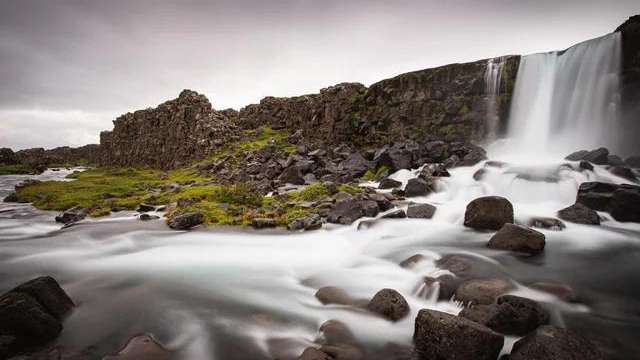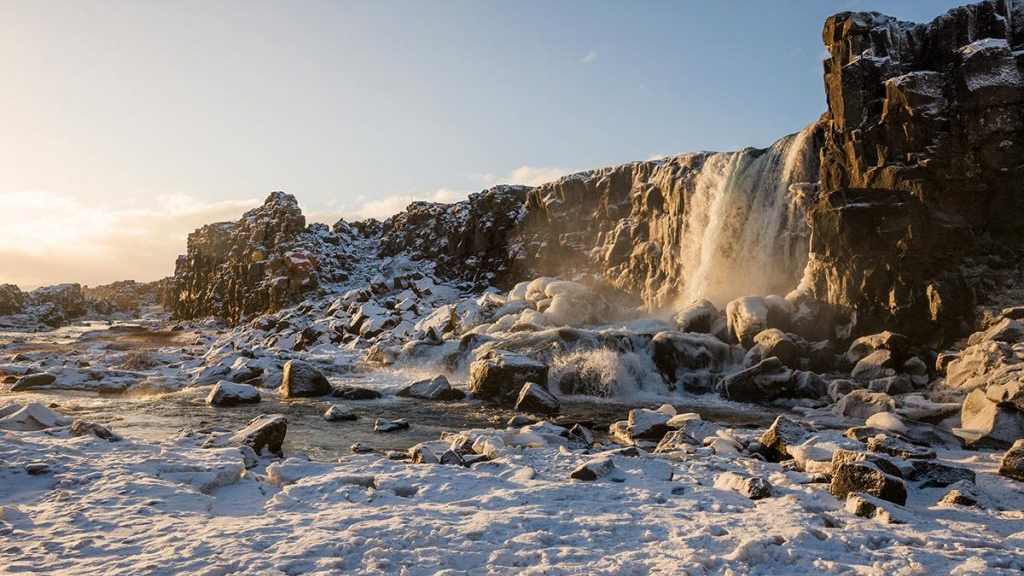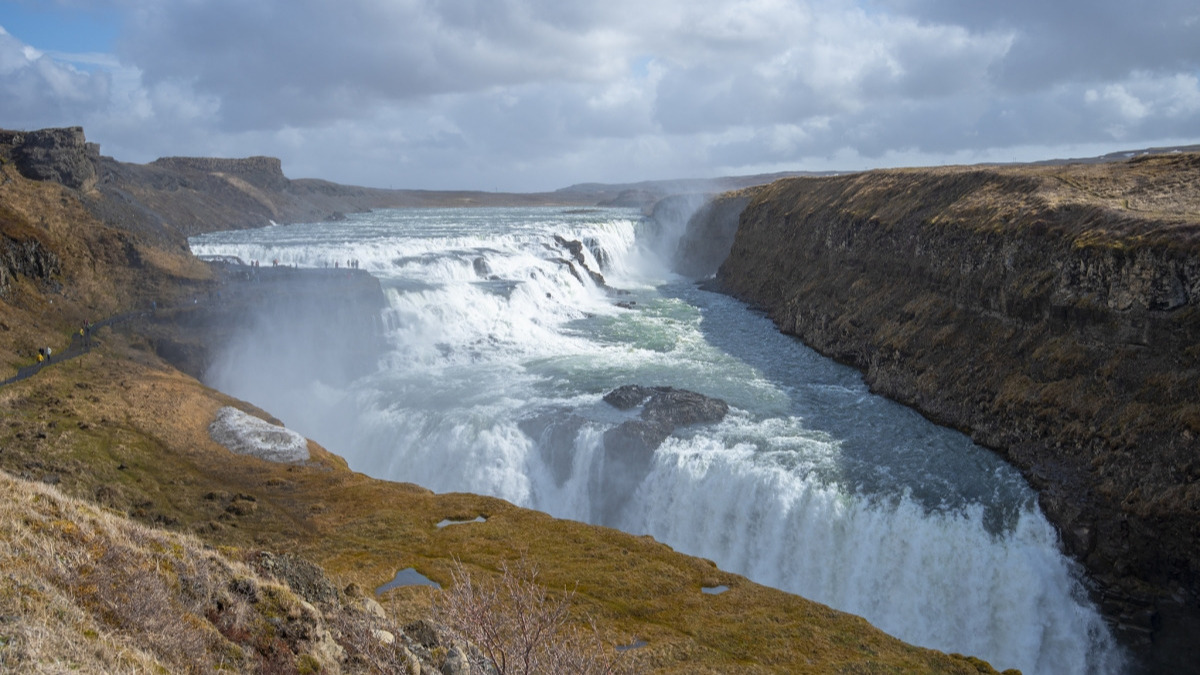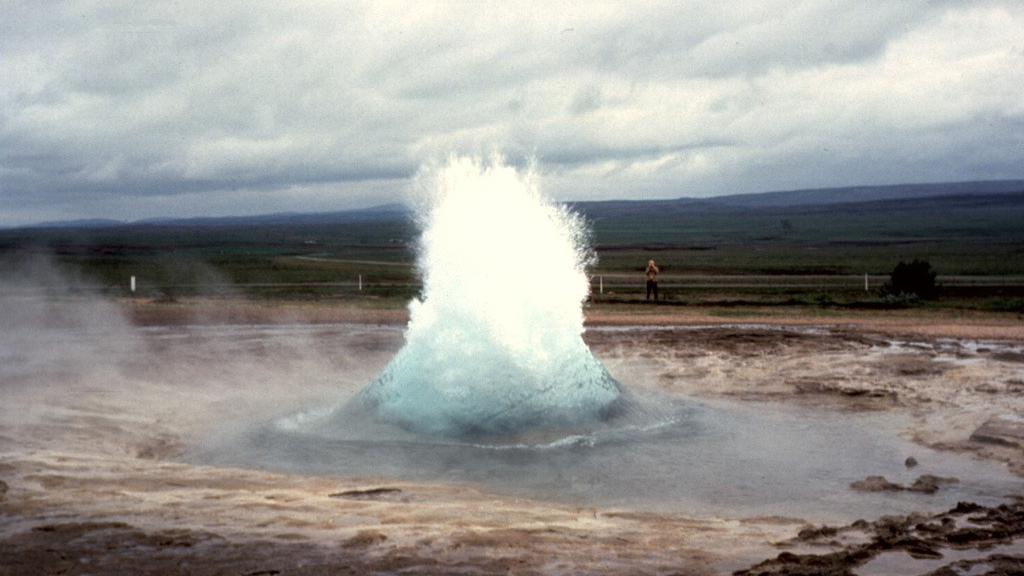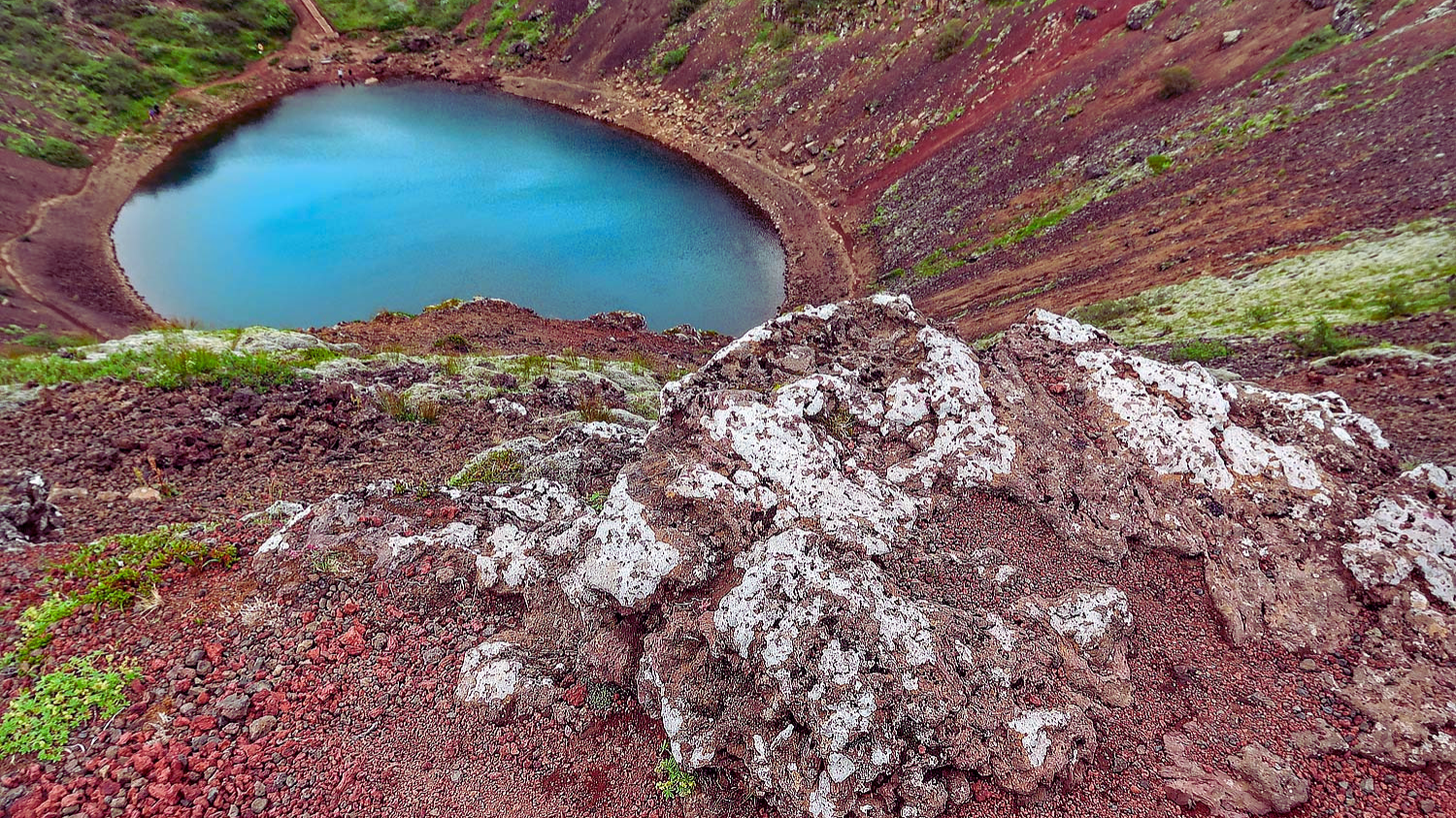In Iceland, there are numerous approaches to go through your days. One route is to drive the Golden Circle. Fundamentally, this roundabout course permits you to look at a great deal of well known visitor puts in Iceland. Like, you will get a chance to encounter a lot of aquifers, waterfalls and a lake in transit.
On the off chance that you visit Iceland, it will offer you a chance to investigate the normal spaces of the goal. Given beneath are a couple of famous destinations that you may see while driving.
The Golden Circle of Iceland
Thingvellir National Park
Thingvellir National Park ( Also known as “Þingvellir National Park” ) can be found in a volcanic region. Likewise, the scene comprises of level territories and mountains. As a matter of fact, the level zones are not level; they are magma fields secured with grass.
The fracture valley is the principle fascination of the Þingvellir National Park. It appeared when two structural plates were isolated during the mainland float. It’s intriguing to take note of this is one of the not many places on Earth where you can have a walk around two structural plates. This is an astonishing encounter that relatively few individuals find the opportunity to appreciate.
Thingvellir was designated for the UNESCO World Heritage List on July 2, 2004. The selection expressed that the site is of extraordinary widespread worth and ought to be safeguarded as a social site just as for its indigenous habitat.
Öxarárfoss Waterfall
Inside the Þingvellir National Park, Öxarárfoss is an excellent cascade. In spite of the fact that you may not trust it, this cascade isn’t common. Truth be told, it’s a man-made cascade, which was made in the ninth century. In any case, it looks very normal from the outset sight.
As indicated by specialists, the cascade was built so as to give water to the Icelandic parliament individuals.
Gullfoss Waterfall
In spite of the fact that Iceland has various cascades, Gulfoss is the most famous one. It is, no ifs, ands or buts, one of the most well known cascades in Iceland. The name Gullfoss legitimately means ‘Brilliant Falls’ or ‘Cascade of Gold.’ It comes from the frosty stream, Hvítá. The cascade falls amazingly down two tremendous advances (11 and 22 meters or 36 and 71 feet, individually), diving into a profound crevasse.
After observing this cascade, you will know why it is called Gullfoss. No doubt, this cascade is one of the most delightful on Iceland. On the off chance that you go there at the ideal time, you will observer a rainbow over the cascade. Remaining close to this astonishing cascade and viewing colossal amounts of water tumble with extraordinary rage into the profound and wandering ravine, you will welcome the intensity of Icelandic nature. Gullfoss Waterfall is a brilliant normal site that no guest to Iceland should miss.
Haukadalur Geothermal Geysers
The Great Geysir is the most established recorded spring in Europe. It is the one from which English and numerous different dialects received the word spring (géiser, geysir, gejzir, and so forth.). The name Geysir originates from the Icelandic action word ‘geysa,’ signifying ‘to spout.’
The Great Geysir can throw bubbling water up to a normal of 70 meters noticeable all around. Once, in 1845, it is said to arrived at a stature of 170 meters.
The Great Geysir was framed in the thirteenth century, at around a similar time as the emission of Mt. Hekla. A progression of solid seismic tremors hit the geothermal valley where the Geysir is found. It rambled on different occasions a day up to the start of the nineteenth century. The recurrence and the force of the emissions are profoundly influenced by tremors.
Around 1910, it was extremely dynamic, ejecting like clockwork. In the next years, the time between the emissions expanded as long as six hours, until 1916 when the ejections halted.
The Great Geysir may not be an effectively rambling underground aquifer right now, however its neighbor, Strokkur, definitely is.
Kerid Volcanic Crater
This is another incredible spot to visit. Pit Kerið appeared around 6500 years back, as indicated by specialists. Most specialists are of the supposition that it was the consequence of a volcanic emission.
Keriðd has a truly unmistakable caldera. Its lofty dividers are around 55 meters (180 feet) profound. The caldera is 170 meters (560 feet) wide and 270 meters (890 feet) over. There is a little lake inside the caldera with a strikingly clear sea green/blue shading which is because of minerals in the dirt. You ought not pass up this normal marvel during your Golden Circle trip.
Long story short, these are probably the best locales to visit when you are in Iceland on a visit. In the event that you have never visited these locales, we propose that you do as such in your next occasion visit. Ideally, you will have a great time on your next visit.

